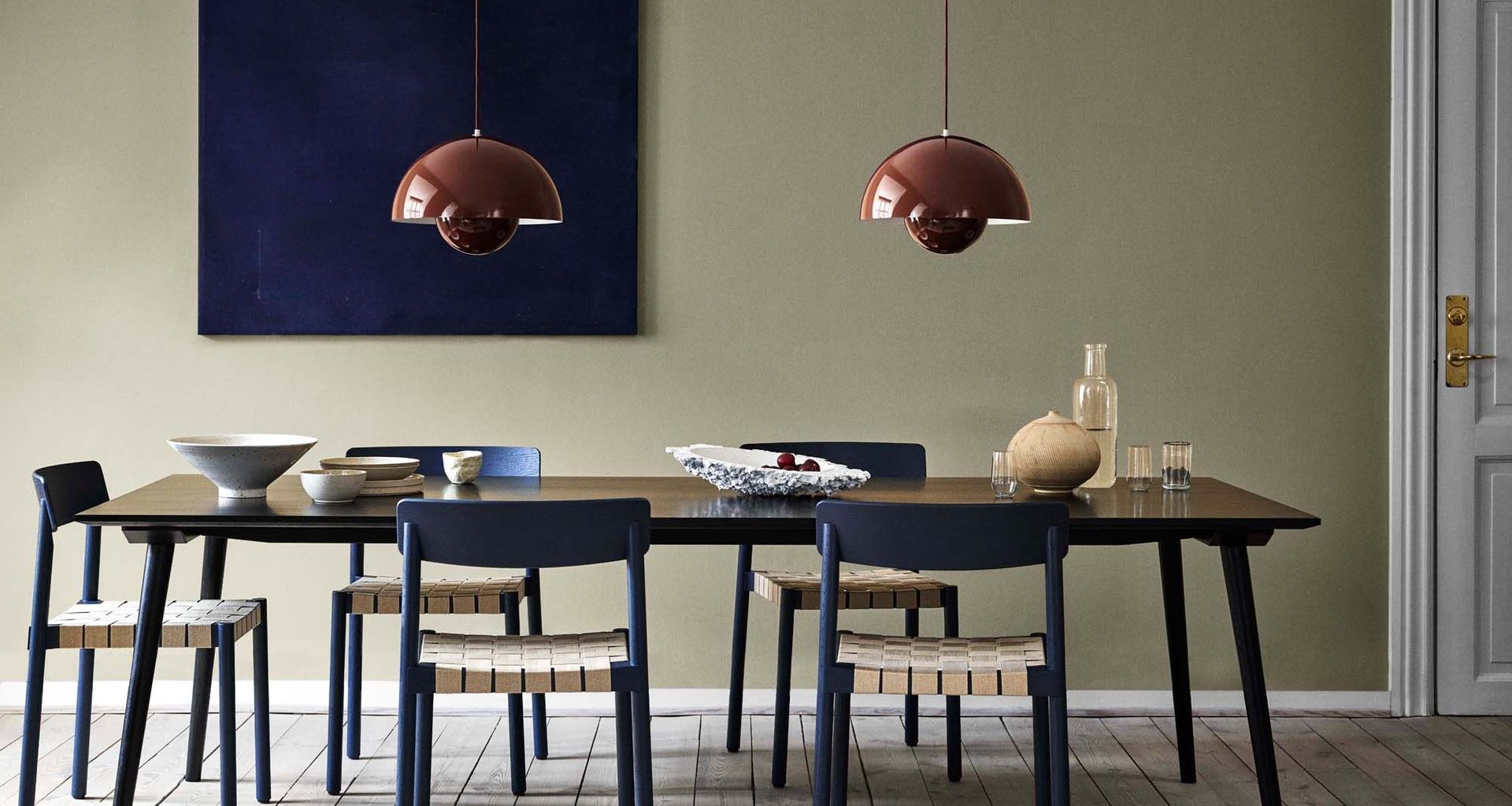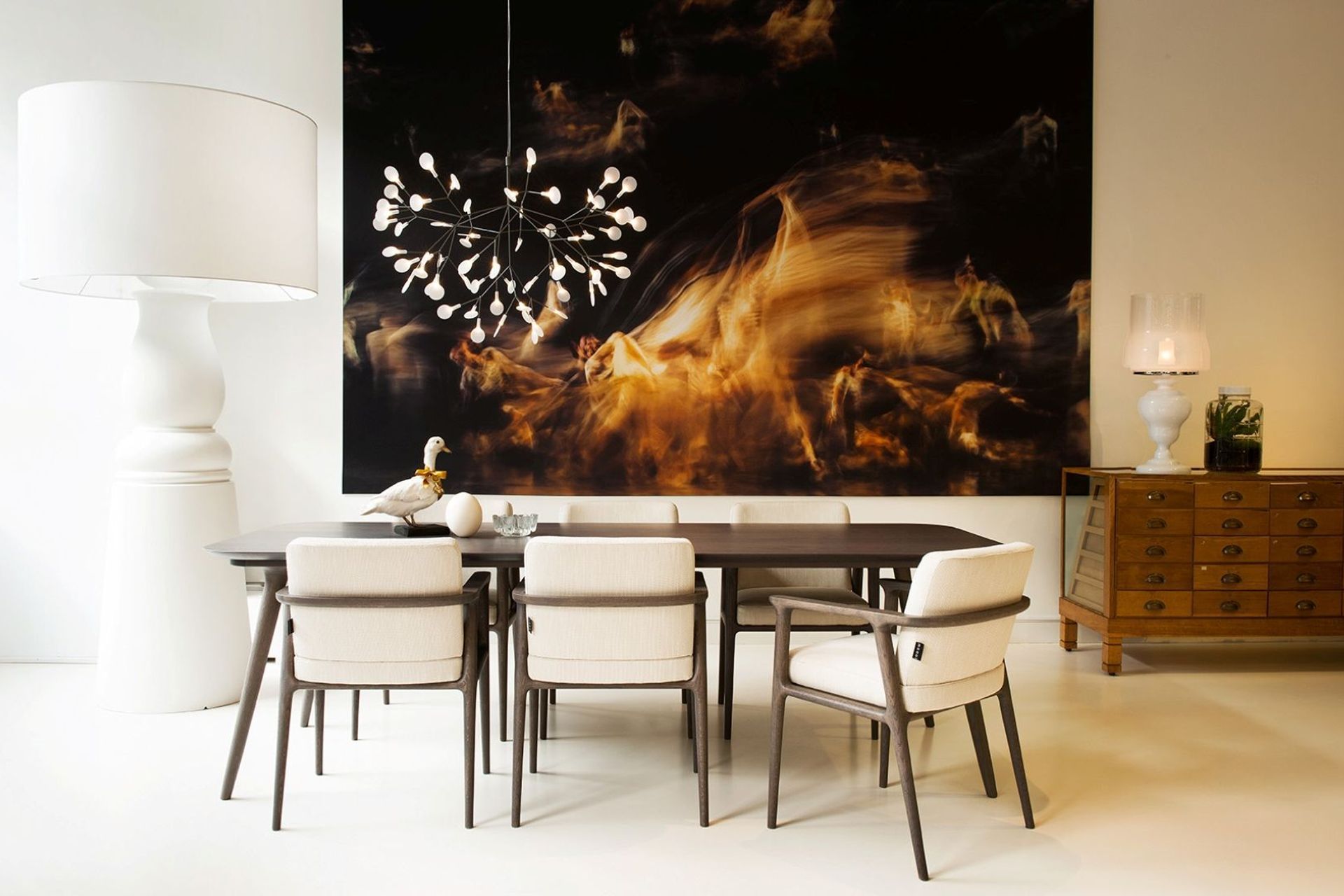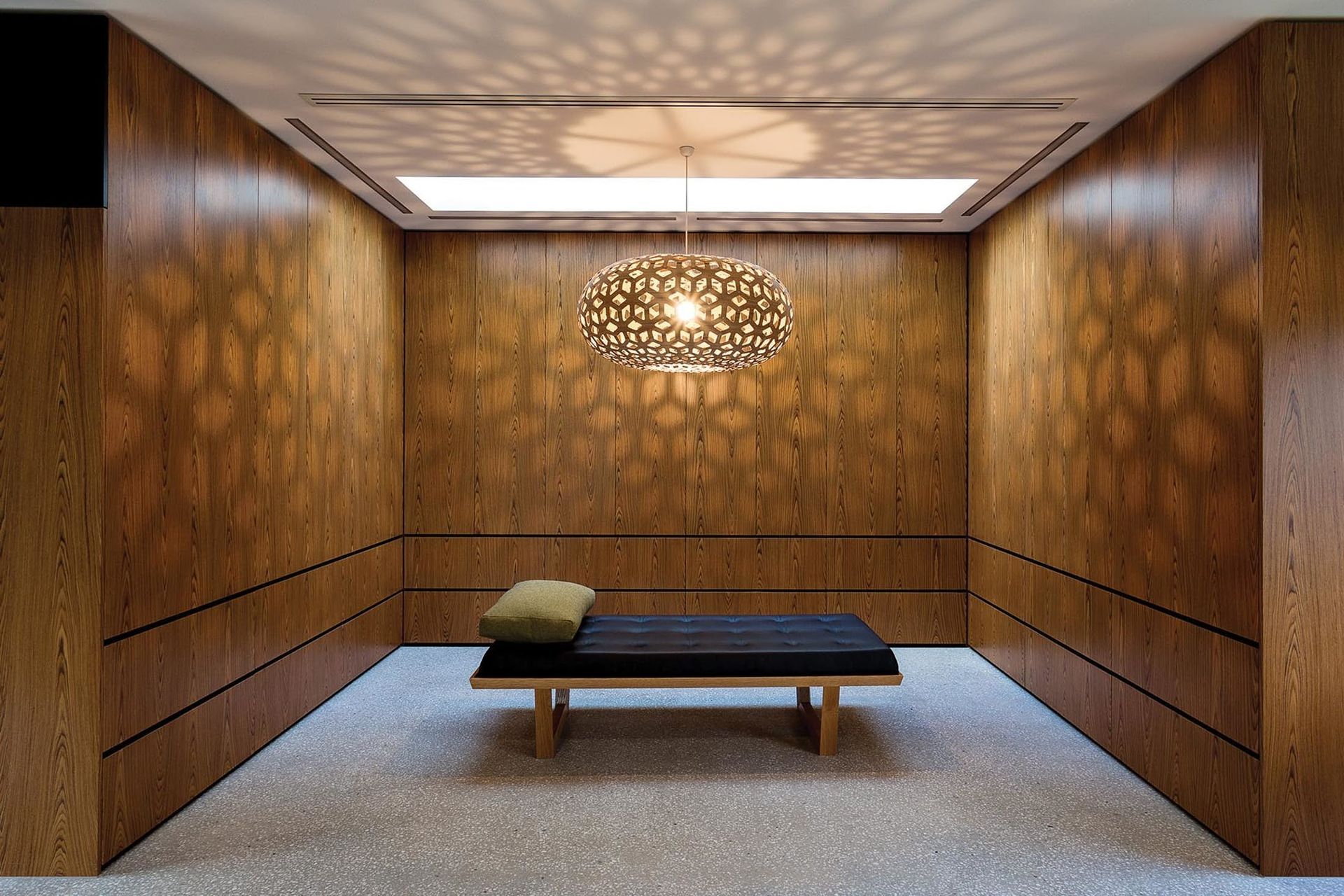Expert home lighting tips to brighten your home

Lighting for your home can make or break the ambience of any space, so taking the time to consider how you want the room to feel is essential. It starts with the design process and thinking about the three main types of lighting - ambient, task and accent lighting. Once you've covered those, other functional and stylistic choices can be considered to complete a lighting plan that works for you.
1. Keep ambient lighting natural
When you consider lighting, ambient light is probably the first type that comes to mind. Ambient lighting is going to be what lights up a room in its entirety. That means ceiling fan lights, track lighting, a chandelier or any other ceiling-mounted fixture. A lot of the time, natural lighting is going to be the best ambient light, but that isn't always possible. When designing ambient lighting, many homeowners attempt to mimic the feel of natural light. Ambient lighting is great for the general use of a room, particularly around seating areas but it isn't always the best for getting work done or focusing on a specific thing.

2. Task lighting is essential
That's where task lights come in handy. This type of lighting covers fixtures like a pendant light, floor or desk lamps, directional spotlights pointed at specific areas, or even under cabinet lighting in your kitchen. Task lighting is perfect for lighting up dark spots, or for giving extra light at your desk when you're working.

3. Create focal points with accent lighting
The main purpose of accent lighting is to bring your focus to a specific part of the room or to achieve a certain effect. Today, this is mostly seen in rooms with dim string lights, LED strips, or neon lamps twisted into different designs. Accent lighting is a great way to set the ambience of a space and you can even use it as art.
4. If in doubt, keep it simple
Simple designs are a great place to start with your lighting. If you try to do too much, your space will end up feeling like an airport landing strip. Keeping it simple doesn't have to mean boring. Start with your ambient lighting, and then layer in your task or ambient lights. Opting for arched floor lights or other simple, but statement-like pieces is a great way to add design to your space without making it feel cluttered.
Related article: How to make an impact with statement lighting

5. Everyone loves warmth
Creating a warm glow in the cosy spaces of your home is an excellent way to add depth to a space, and to help bounce light back into a room without overwhelming it. If you want versatility, LED smart lights are a great option. You can have bright, white light whenever you need it, and then you can switch to warm, cosy lighting when it's time to relax. Setting your lights up with a dimmer switch is also a practical option, especially if you live in a small space. The more versatile you make your room lighting, the less square footage you're going to take up with lamps and other fixtures.
6. Prioritise functionality
If your living room, dining space, or even bedroom serves multiple functions, layering in specific task lights is going to be important. Things like table lamps for your work or creative spaces, or subtle floor lamps for your favourite reading chair are great for this exact thing. No matter what, you want the lighting in your space to work for you, not against you.
Related article: How to choose a lamp that’s perfect for you

7. Consider height and size
The placement of your lighting goes hand in hand with your selection. That means considering height in accordance with the space you're lighting up plays a crucial part in its overall design. If you're hanging pendant lights over the kitchen bench or dining table, then placing it above eye level is a smart choice. If your ceiling lighting is more subtle, you can hang it lower than that. When considering task lighting, you can also opt for fixtures with an adjustable height to match your needs. Again, if you're in a small space, this is perfect. Finding an overhead lighting fixture with mobility that doesn't take up your entire living space gives you the best of both worlds.
8. Be dramatic at the right moments
While strategically placing the right lamp can be a great move for creating focal points throughout a room, it needs to be done well. If you throw a lighting fixture in the middle of a space randomly, then it simply isn't going to work. You can also place your lighting strategically to highlight features in and around your home.

9. Think about energy efficiency
Choosing energy-efficient lighting options like LED bulbs not only saves you money on electricity but also helps reduce your carbon footprint. LEDs are long-lasting and provide excellent illumination without consuming much power. For added efficiency, opt for smart lighting systems that can be controlled remotely to ensure lights are only on when needed.
Related article: LED lights - the definitive guide - FAQs, costs & more

Ready to design your room lighting?
Now that we've gone through the basics of room lighting, it's time for you to put on your lighting designer’s hat and get designing. Whether you're moving into a new home or you're looking to revamp your current one, getting your room lighting right will make a big difference to the look, feel and functionality of your space.
This article was updated on the 18th of December 2024
Browse high-quality lighting solutions from top Australian suppliers on ArchiPro
